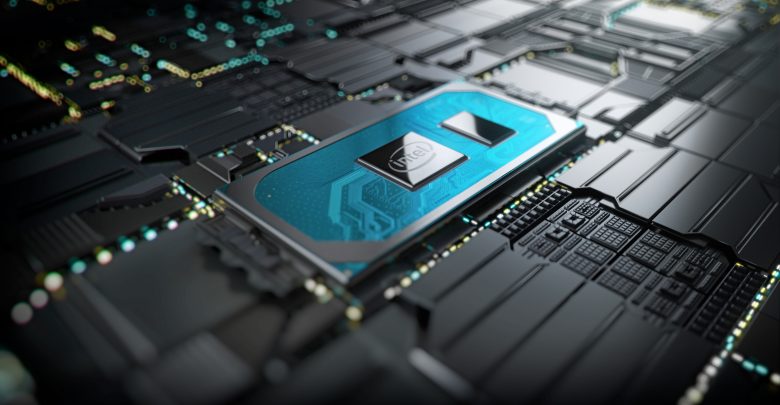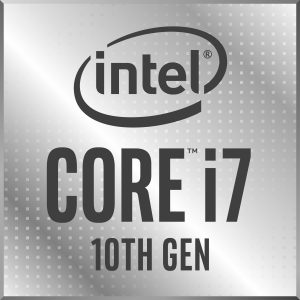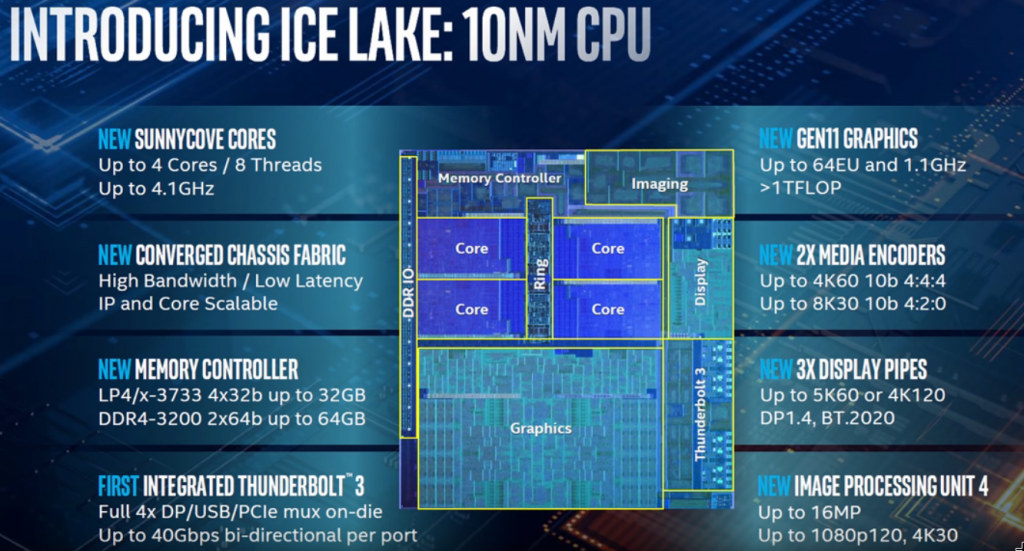
In a news release dated May 27, 2019, Intel announced a lot of interesting stuff including the real 10nm based Ice Lake CPU for the laptops. It has been promised for long that 10nm node based Intel’s 10th generation CPU for laptops would take the computing power, battery life and graphics performance to a whole new strata.
Let us first get into the background of making a CPU faster. You either develop a better design called the architecture for example the Intel’s Sky Lake architecture which Intel is using since 2015 that finally got an upgrade with 10nm Intel Ice Lake CPU. Or you can built it with small transistor with a more efficient manufacturing process called process node measured in nano-meter like 14nm or 10nm. Smaller transistors are better for obvious reasons like electrons have to travel less, more transistor can now be placed on a chip etc. Its density might vary from one manufacturer to another regardless of the process node. For instance Intel’s 10nm has 100.76 million transistors per square millimeter versus AMD’s 7nm’s 96.49 million transistors. In this case Intel has clearly achieved a better density even with its 10nm node.
Ice Lake CPUs with Iris® Plus graphics has introduced broad-scale artificial intelligence(AI). It has elevated graphics performance to double and wireless speeds to approximately three times.Intel also claims overall better integration of the components. Ice Lake CPUs aim to make the best available products for consumers with never ending demands. Today’s educated consumer is just not satisfied unless a product delivers performance with portability.

Intel’s long awaited move to 10nm node based CPU had been on a slipper slope for so long ever since it was announced in 2015. A lot of consumers and manufacturers got some relief when Intel finally promised to deliver it by the end of the 2017. It was later postponed to 2018 and again to later half of 2019. Amid all these issue, a single 10nm Canon Lake processor i3-8121U was released in the 2nd quarter of 2018. It is a basic dual-core CPU with the integrated graphics disabled. It did not grab any much desired mass attention as it was not made available widely. It turned out to be an overall immature release with no where near performance upgrades as projected by Intel initially and hence 10nm based Canon Lake did not happen only.
The reason why 10nm matter to a lot of people is because Intel had been with 14nm since 2014. Intel is lingering its Skylake micro-architecture since 2015. I am not sure how well does it look for a company that still claims to be way ahead of its competition in the market. AMD already has 7nm graphics and CPU products in the market. AMD is apparently ahead in terms of future architecture design, research and deployment. AMD’s consistency is something that Intel needs to worry about.
The new 10nm Ice Lake CPU introduces artificial learning and performance related Deep Learning Boost to the CPU. This line-up gives a much awaited upgrade to the architecture with new “Sunny Cove” core architecture and latest Gen11 graphics engine for twice the thrill especially for gamers and content creators on the go. Ice Lake processors will range from Intel Core i3 to Intel Core i7, with up to 4 cores and 8 threads, up to 4.1 max turbo frequency and up to 1.1 GHz graphics frequency. As of yet, Ice Lake processors are only being released for thin-and-light notebooks or 2-in-1s like the current generation U and Y series CPUs. It aims to replace the 8th generation Whiskey Lake based on 14nm process technology as of now. It would not immediately target 9th generation high-performance Coffee Lake CPUs.

The new Sunny Cove Cores are advance owing to a major leap in architecture, internal bandwidth and cache sizes have been improved as well. What it essentially means is processing is going to be much faster. The new memory controller now supports up to 64 GB of DDR4-3200mhz RAM or up to 32GB of LP4/x-3733mhz RAM. It is something when you consider this being designed for thin and light notebooks. Not forgetting the state-of-art connectivity that is being integrated in the Ice Cake CPUs cannot be ignored. Intel is pushing Thunderbolt™ 3 for speed and versatility. Newer Gig+ implementation of Wifi 6 is now able to deliver more than a Gigabit of wireless speed with improved reliability to attain stability and consistency during data transfer.
These CPUs are targeted at multi-focused audience seeking smart AI based performance, newer Iris Plus graphics on latest Gen11 engine that is powerful enough to play most games or render graphics related jobs more efficiently. It also packs best-in-class connectivity as Intel calls it. Although without desktop CPUs as of now and extensive testing, it would be too early for anything. After all no one wants Intel to clap back. They have put some work and learned a lot during this process. Better late than never.
Ice Lake CPUs are able to deliver better performance with lower clock speed and TDP. It also includes new AVX-512 instruction subsets for the very first time in a mobile chip and reaches top-end desktop class performance while handling AES256 encryption stuff on a mobile chip. If you can ignore the naming debacle without the letter U or Y in the names and hard to identify numbers therein, the wait is worth it for the most part.


